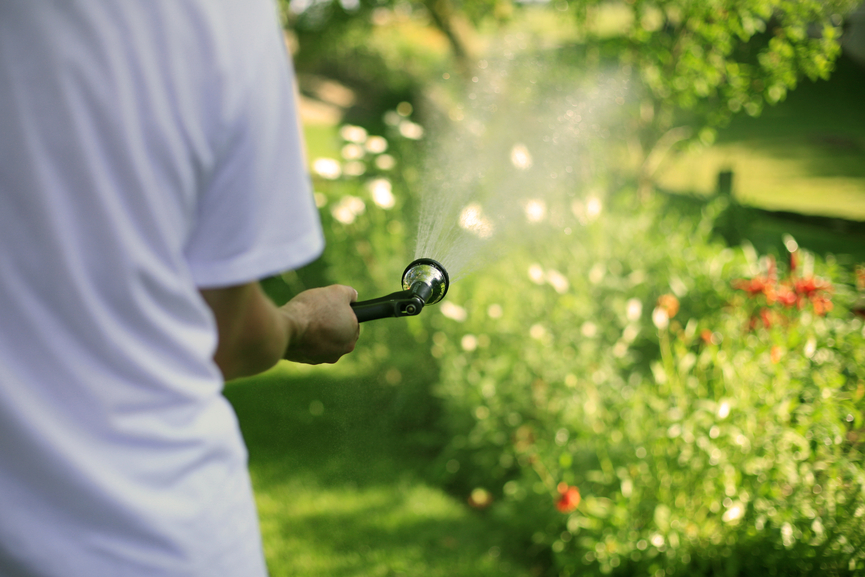Residential Irrigation
Homeowner’s Responsibility
Since completion of the Salinity Program many of the agricultural fields originally receiving irrigation water have been developed into subdivisions. The Salinity Program improvements typically provided one turnout or point of delivery for each undeveloped agricultural parcel or existing subdivision. The District’s responsibility ends at this point. When a property is subdivided it is the responsibility of the developer to install a system within the subdivision to deliver irrigation water to each parcel within.
The homeowners are then responsible for the operation and maintenance of the delivery system within the subdivision. In some cases, the developer chose not to establish an irrigation delivery system within the development and homeowners were left without delivery of raw irrigation water. In these cases, the homeowners are still responsible for their assessment to the District but maintain the option of acquiring their water at the historical point of delivery for the pre-subdivided parcel.

Troubleshooting
If you are having water supply problems, first check your valves and filters. Often times these get plugged with mud and debris causing a lack of flow to the pump and sprinklers. Suction can also be a problem. As glue and plastic decompose from the elements tiny holes may form that don’t necessarily let water out, but can draw air in. This can cause priming and suction problems for your pump. To minimize suction problems, make sure all joints and fittings are air-tight, your pump is installed as low as possible, and minimize the amount of plumbing upstream of your pump. If you still can’t get water, check with your HOA to see if there is an outage elsewhere in your subdivision. Finally call the District office or check our website to see if there is a major problem within the District system.
See Also:
Water Efficiency
Due to the District’s limited water supply and delivery system, homeowners are encouraged to use irrigation water in an efficient and responsible manner. Generally the rooting depth for turf is no more than 12”. Use a probe such as a long screwdriver to determine how deep your water has penetrated. Insert the probe into the lawn. It will usually stop at the depth where your irrigation water has penetrated. Watering to depths over 12” wastes water and increases downstream salinity loading.
Did You Know?
1 lawn sprinkler uses about 4 gallons per minute.
Winter Draining
There are hundreds of small parcels in the District served by laterals through above-ground 2” brass gate valves. Property owners are responsible for making sure these valves are properly drained in the winter and closed before water enters the Price Ditch in the spring. The District is responsible for draining the underground lateral pipes. Do not operate underground isolation valves. These are for emergency use only. Unauthorized use of these valves causes failure and consequently increased operation and maintenance costs for everyone. If you must winterize your system before water is out of the laterals (usually by the middle of November) simply close your brass gate valve during winterization and open it back up after water has drained from the underground lateral.

